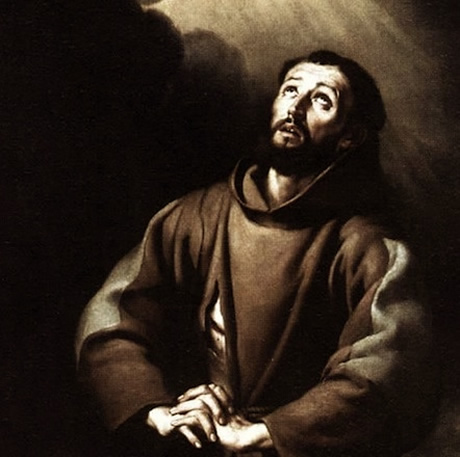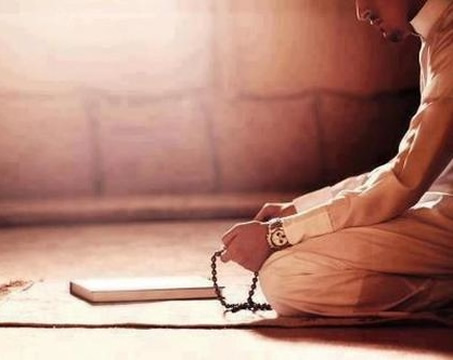
THERE is a phrase in the Catechism that is, I think, critical to repeat at this time.
The Pope, Bishop of Rome and Peter’s successor, “is the perpetual and visible source and foundation of the unity both of the bishops and of the whole company of the faithful.” —Catechism of the Catholic Church, n. 882
The office of Peter is perpetual—that is the official teaching of the Catholic Church. That means, until the end of time, the office of Peter remains a visible, permanent sign and source of God’s judicial grace.
And that’s despite the fact that, yes, our history includes not only saints, but seeming scoundrels at the helm. Men like Pope Leo X who apparently sold indulgences to raise funds; or Stephen VI who, out of hatred, dragged his predecessor’s corpse through city streets; or Alexander VI who appointed family members to power while fathering four children. Then there is Benedict IX who actually sold his papacy; Clement V who imposed high taxes and openly gave land to supporters and family members; and Sergius III who ordered the death of anti-pope Christopher (and then took the papacy himself) only to, allegedly, father a child who would become Pope John XI. [1]cf. “Top 10 Controversial Popes”, TIME, April 14th, 2010; time.com

